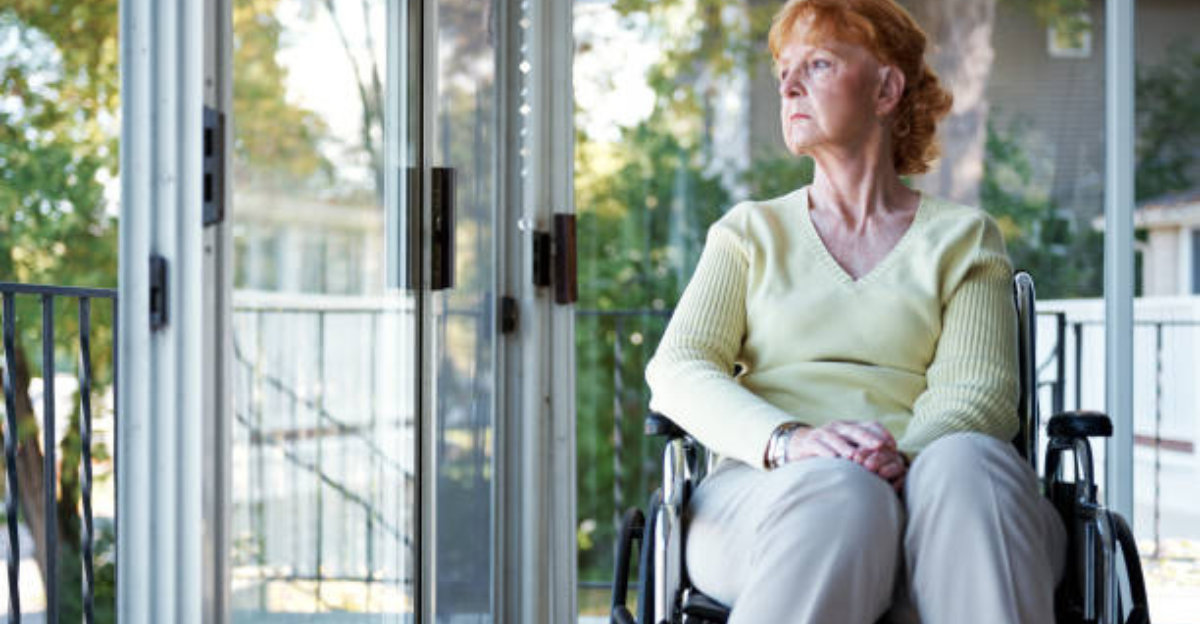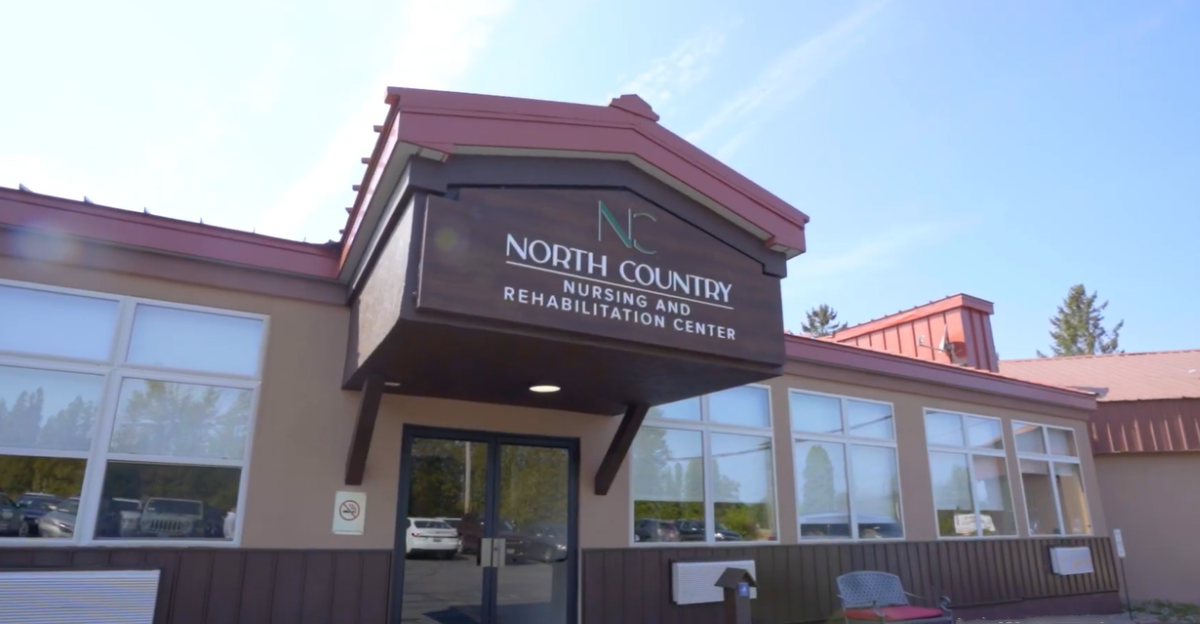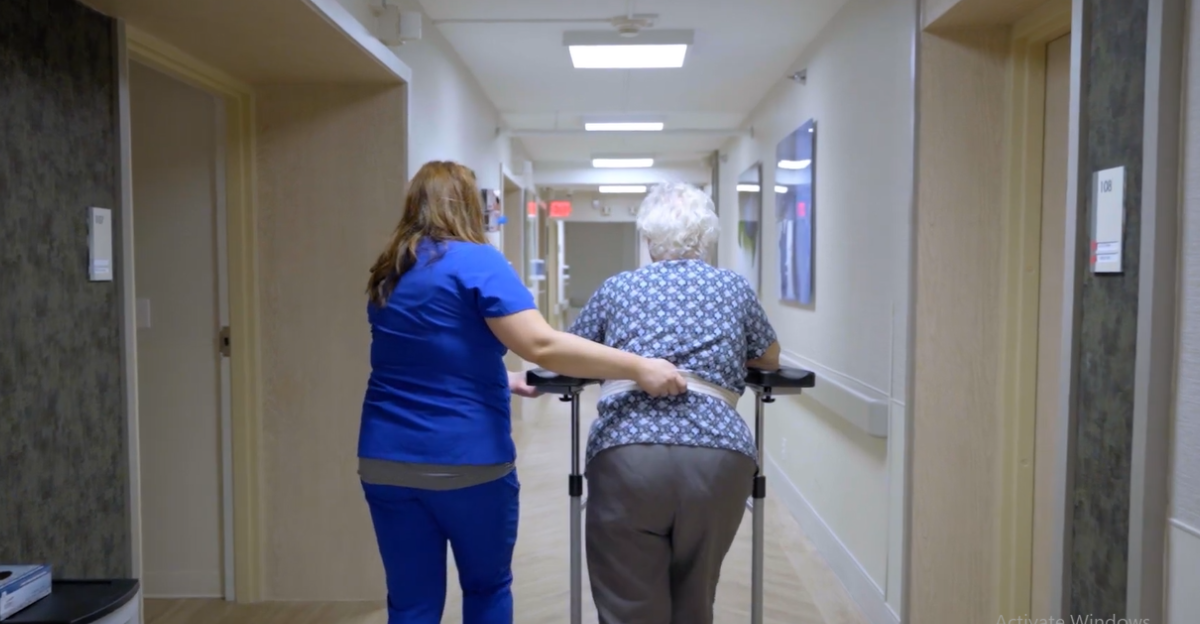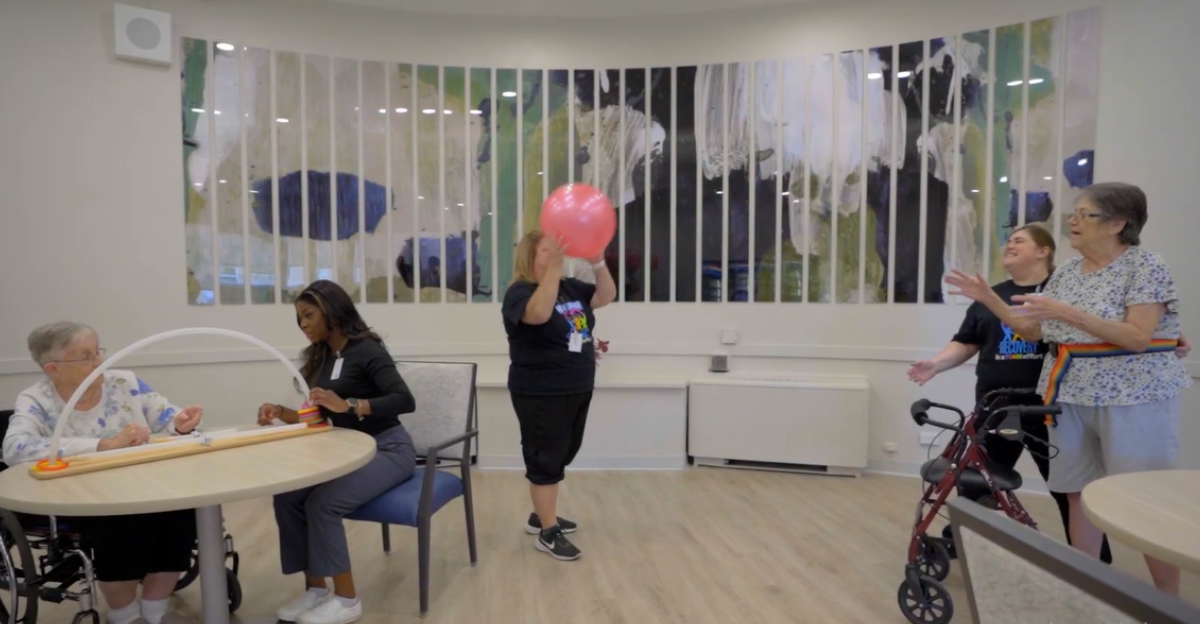
Nobody ever expects the place their mother might spend her final years to suddenly be on the verge of collapse. But here we are.
Something serious is unraveling in Maine, and the quiet is what’s most unsettling. Because, there weren’t any headlines or sirens. Families simply found out the company behind 11 nursing homes had filed for bankruptcy. WILD!
Maybe you missed the news or maybe you’re still trying to process what that even means. The residents are still there, and the lights haven’t gone out, but something feels off. When the people running the place are more focused on court filings than care plans, you start to wonder how long the calm will last. And if you’re thinking this might be an isolated case, you’ll want to keep reading.
The Silent Collapse No One Saw Coming

Truth is, no one saw this coming. It wasn’t chaotic as one might expect it to be. Apparently, some collapses don’t crash. They begin with a filing, tucked into court records, and boom!… Ripple out from there.
So, what’s going on? Well, North Country Associates (one of Maine’s largest nursing home operators) just declared bankruptcy. Chapter 11, they said. That means they’re restructuring, and staying open.
But that word, “bankruptcy”, hits different when it’s tied to elder care. It makes everything feel uncertain, even if the official line is “business as usual.” Sure, people are trying to stay calm, but they’re watching with bated breath.
A Giant in the Background

North Country has been in the game for decades. Ran 11 facilities across Maine, cared for thousands of seniors over the years. You probably didn’t know their name unless you had a relative there. They were in the background, but they were a backbone. A big one.
And now that backbone has a fracture, the impact goes beyond a single building or a single zip code. It affects communities!
The reach is wide, and that’s what makes this so unsettling. If a company embedded in the system can falter this hard, then what’s that say about the system itself?
The Numbers Just Stopped Working

So, what went wrong? Well, just a little bit of everything.
They blamed rising costs, shrinking staff, inflation, fewer residents, and lower reimbursements. Yea. Just about everything. True, it didn’t just happen overnight, but at some point the math flipped and wouldn’t flip back.
They were losing money every year. And yeah, every industry has its problems, but when you’re dealing with seniors, it’s different. You can’t just tighten belts and ride it out. Something gives. And in this case, it was the finances. They finally said it out loud: we can’t stay solvent like this.
The People Stuck in the Middle

Seniors. These are the people stuck in the middle of this whole mess. People with memory issues, with mobility problems, people who need daily care just to get through breakfast. And they’re still there, right now, sitting in recliners, eating soft meals, maybe not even knowing anything changed.
The staff, on the other hand? They’ve seen the signs. The exhaustion’s real, and so is the fear, even if no one says it out loud.
They’re waiting for the “nothing will change” promise to quietly unravel, one shift at a time, holding things together as best they can. Still, there’s this quiet tension in the air, like something’s off and nobody wants to say it.
Everyone’s Tired of Hearing “It’ll Be Fine”

That’s been the line. The company’s saying it. Some state officials too. That everything’s stable, the doors are staying open, and residents aren’t being forced out.
And maybe for now, that’s true. But trust is harder to patch than a leaky budget. Families are uneasy. Some already looking for other places, which aren’t exactly plentiful. Staff are sticking around out of loyalty, not confidence. And in the background, there’s this nagging feeling that we’ve been here before. That “we’re restructuring” sometimes (unfortunately) means “we’re winding down.”
This Isn’t the First Time Maine’s Lost One

Alright, here come the facts. Since 2012, more than two dozen nursing homes have shut down in Maine. That’s not a typo. Twenty-something. And this latest one? North Country Associates? They were running 11 facilities when they filed for Chapter 11 on July 26. The bankruptcy court documents list between $1 million and $10 million in assets… and up to $50 million in liabilities. That’s not a small gap. Around 1,300 workers are affected. Hundreds of residents, too. The company says it’ll keep operating during restructuring, but that’s a line we’ve heard before…usually before the storm rolls in.
“Still Open” Doesn’t Mean Still Safe

Technically, nothing’s closed. Not yet. Residents are still in their rooms. Meals are still being served. But what does “operating as usual” even mean when a company owes millions and can barely stay staffed? Thing is, you can’t just run skeleton crews and hope no one notices. People need showers, meds, emergency care. They need time. Attention. If staffing was already tight before the bankruptcy, what happens now? Who’s staying, and for how long? No one’s going to say, “This is the moment it all went wrong.” The decline sneaks in quietly. And by the time anyone realizes it, the damage is already done.
When Lawmakers Finally Start Paying Attention

Now that the filing’s official, the response is starting to come in. Lawmakers are worried. Advocates are raising alarms. And there’s talk of boosting Medicaid funding before more places go under.
Others say we need bigger reforms altogether. But this isn’t new. People have been sounding the alarm for years. The difference now is that a major player like North Country falling apart makes it harder to ignore.
And the longer politicians debate the right wording, the more residents sit waiting in facilities that feel less stable by the hour.
What Happens When There’s Nowhere Left to Go

Let’s say the worst happens. Let’s say a few more facilities close. Staff decide they’ve had enough. What then? Residents can’t just pack up and move, especially when nearby homes are already at capacity or closing their doors.
And it’s not like new facilities are opening up on every corner. Maine’s aging population is growing fast, but its elder care infrastructure is shrinking. Every closure puts pressure on the next one. It’s a chain reaction. And we’re running out of backup plans. At some point, this stops being a medical issue and turns into a question of how we treat people who can’t speak up for themselves.
